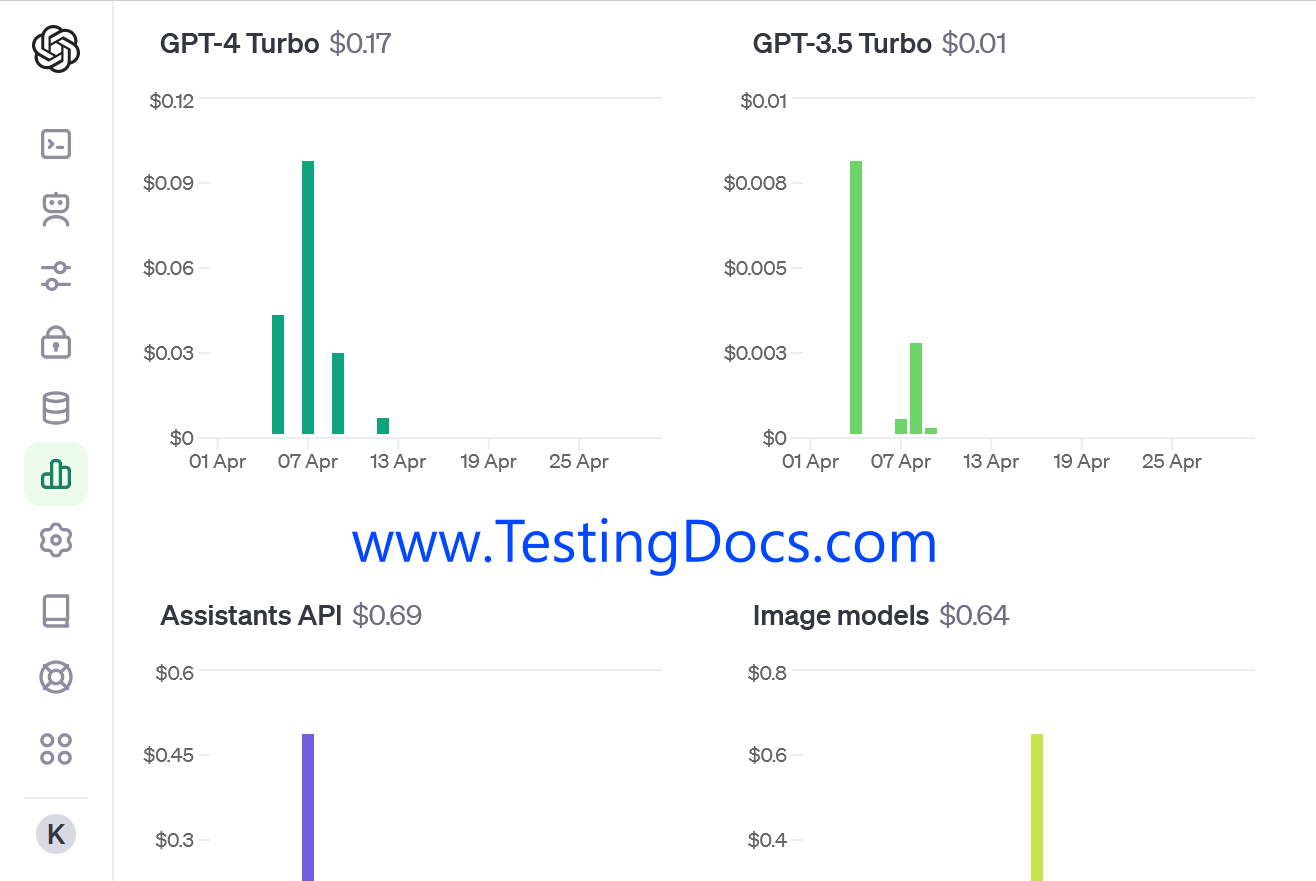OpenAI AI Models
Overview
In this tutorial, we will examine different OpenAI AI Models. OpenAI has developed different models, each with its capabilities and characteristics.
OpenAI AI Models
Some of the OpenAI AI Models are as follows:
GPT
GPT(Generative Pre-trained Transformer) was the first model developed by OpenAI in the series. It was designed to generate human-like text
based on the input it receives.
The various versions of GPT are :
GPT-3.5
- GPT-3.5 Turbo
- GPT-3.5 Instruct
Preview Models
- GPT-4
- GPT-4 Turbo
Deprecated Models
- GPT-3 Babbage
- GPT-3 Curie
- GPT-3 DaVinci
- GPT-2
- GPT-3
GPT-3 has gained significant attention due to its large size (175 billion parameters) and impressive text generation capabilities. GPT-4 is a more robust model than GPT-3.

DALL-E
DALL-E is an AI model developed by OpenAI that generates images from textual descriptions. Based on the input text, it can create diverse and complex images, demonstrating creativity in generating visual concepts.
CLIP
CLIP stands Contrastive Language-Image Pre-training. This model is designed to understand images. It can perform tasks like zero-shot classification, where it classifies images into categories it hasn’t explicitly been trained on.
—
OpenAI API Tutorials
OpenAI tutorials on this website can be found at:









